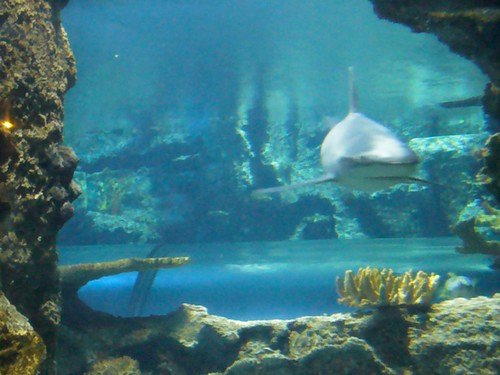Imagine walking through a forest that feels eerily silent, where the once vibrant tapestry of green has given way to a haunting landscape of skeletal trees. This is the reality of the ghost forests along the U.S. East Coast. These ghostly scenes are not figments of a horror novel but are very real, and they are growing at an alarming rate. The culprit? Rising sea levels that are slowly but surely drowning the trees from their roots up. This environmental phenomenon tells a story of changing ecosystems, the impact of climate change, and the urgent need for action.
What Are Ghost Forests?

Ghost forests are areas where trees have died due to saltwater intrusion from rising sea levels. As the saltwater seeps into the soil, it disrupts the delicate balance of nutrients that trees need to survive. The result is a forest where the trees stand lifeless, stripped of their leaves and bark, resembling ghostly figures. These forests are stark reminders of the changing climate and serve as natural markers of environmental shifts. The transformation is not just a visual change but a significant alteration in the ecosystem, affecting wildlife and plant diversity.
The Science Behind Rising Sea Levels
The primary driver behind the formation of ghost forests is the rising sea levels caused by climate change. As global temperatures rise, glaciers and ice sheets melt, contributing to higher sea levels. Additionally, the thermal expansion of seawater as it warms further exacerbates the situation. This rise in sea level allows saltwater to encroach further inland, affecting freshwater ecosystems. The science behind this is well-documented and points to human activity as a significant contributor to climate change, highlighting the interconnectedness of global systems.
How Saltwater Affects Tree Roots
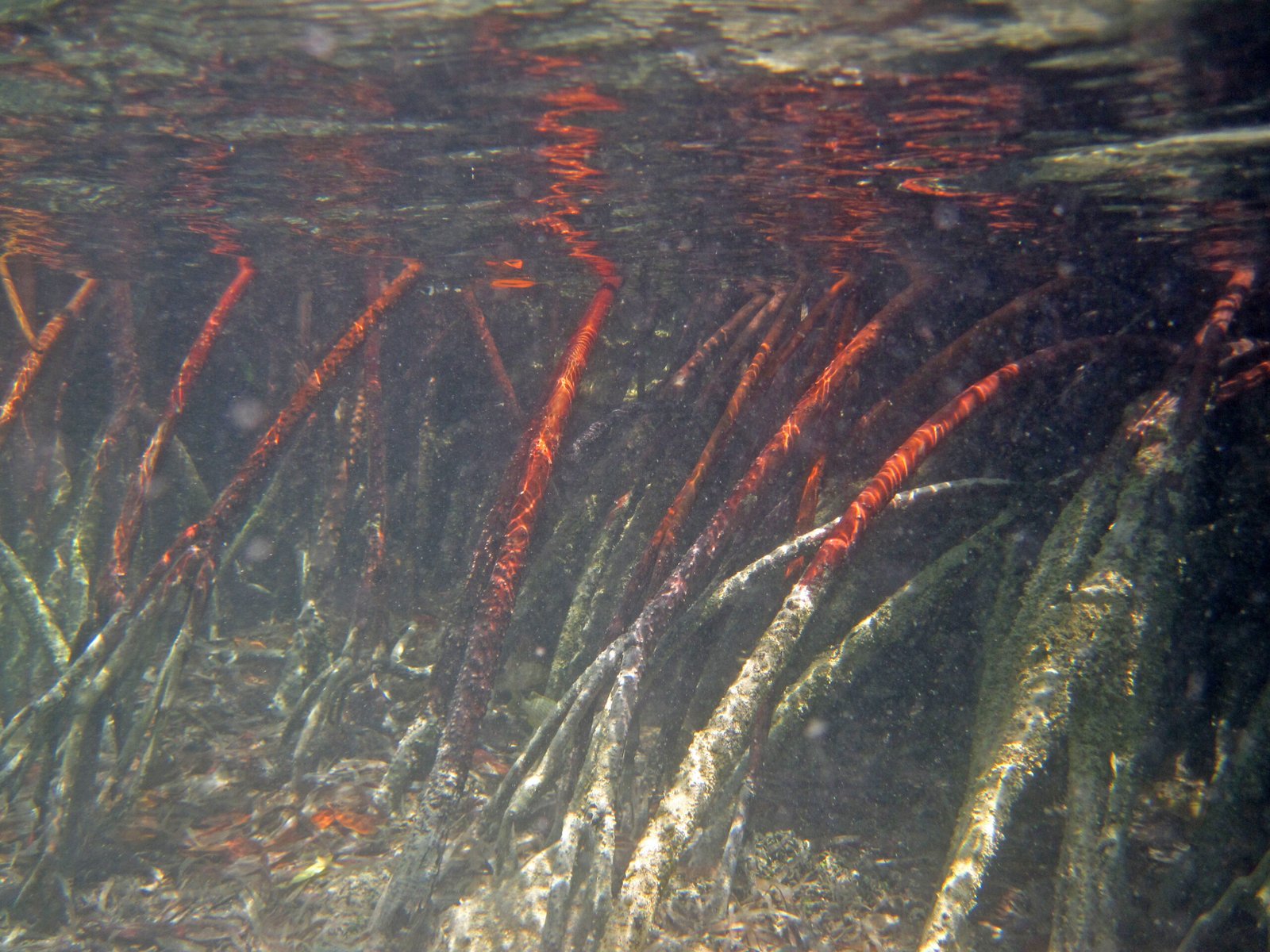
Saltwater intrusion affects trees from the roots up by altering the soil chemistry. Trees are adapted to specific soil conditions, and when saltwater changes these conditions, it disrupts the tree’s ability to absorb water and nutrients. The salt draws moisture away from the roots, essentially dehydrating the tree. Over time, the tree becomes stressed, leading to its eventual death. The process is slow but relentless, and once a forest becomes a ghost forest, it is incredibly challenging to reverse the damage.
Impact on Local Ecosystems
The transformation of thriving forests into ghost forests has profound implications for local ecosystems. These areas were once rich habitats supporting diverse wildlife, from birds to insects and mammals. As the trees die, so do the homes and food sources for these species. The loss of trees also means the loss of shade and shelter, which affects the temperature and humidity of the area. This domino effect can lead to a decrease in biodiversity and the collapse of local ecosystems, further emphasizing the need for conservation efforts.
Human Activities and Their Role
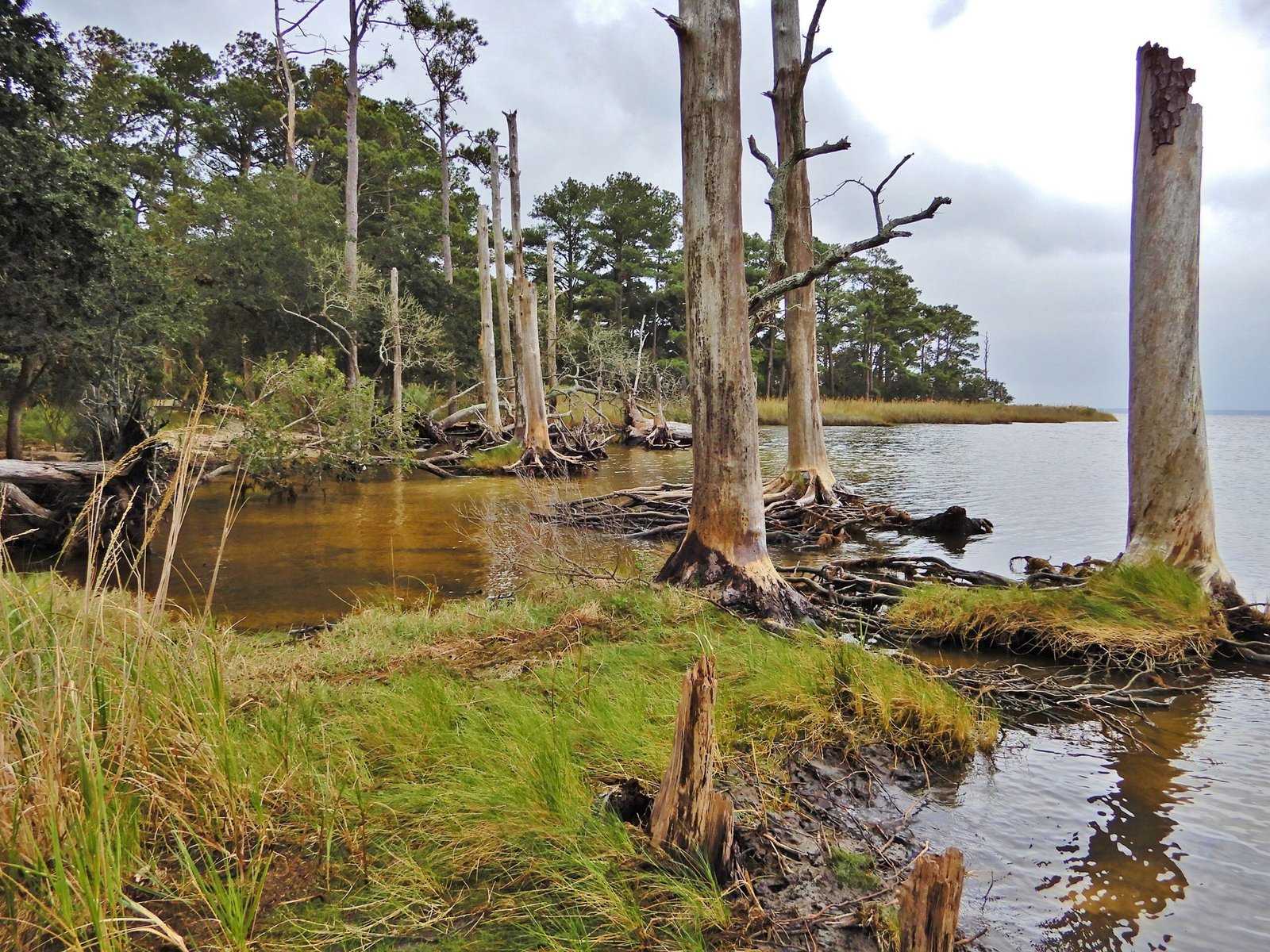
Human activities have played a significant role in the formation of ghost forests. The burning of fossil fuels, deforestation, and industrial activities have contributed to the acceleration of climate change. Coastal development has also disrupted natural barriers that protect inland areas from saltwater intrusion. As humans continue to encroach on natural habitats, the balance of these ecosystems is disturbed, making them more vulnerable to the impacts of rising sea levels. Understanding our role in this process is crucial for developing strategies to mitigate further damage.
Real-World Examples of Ghost Forests
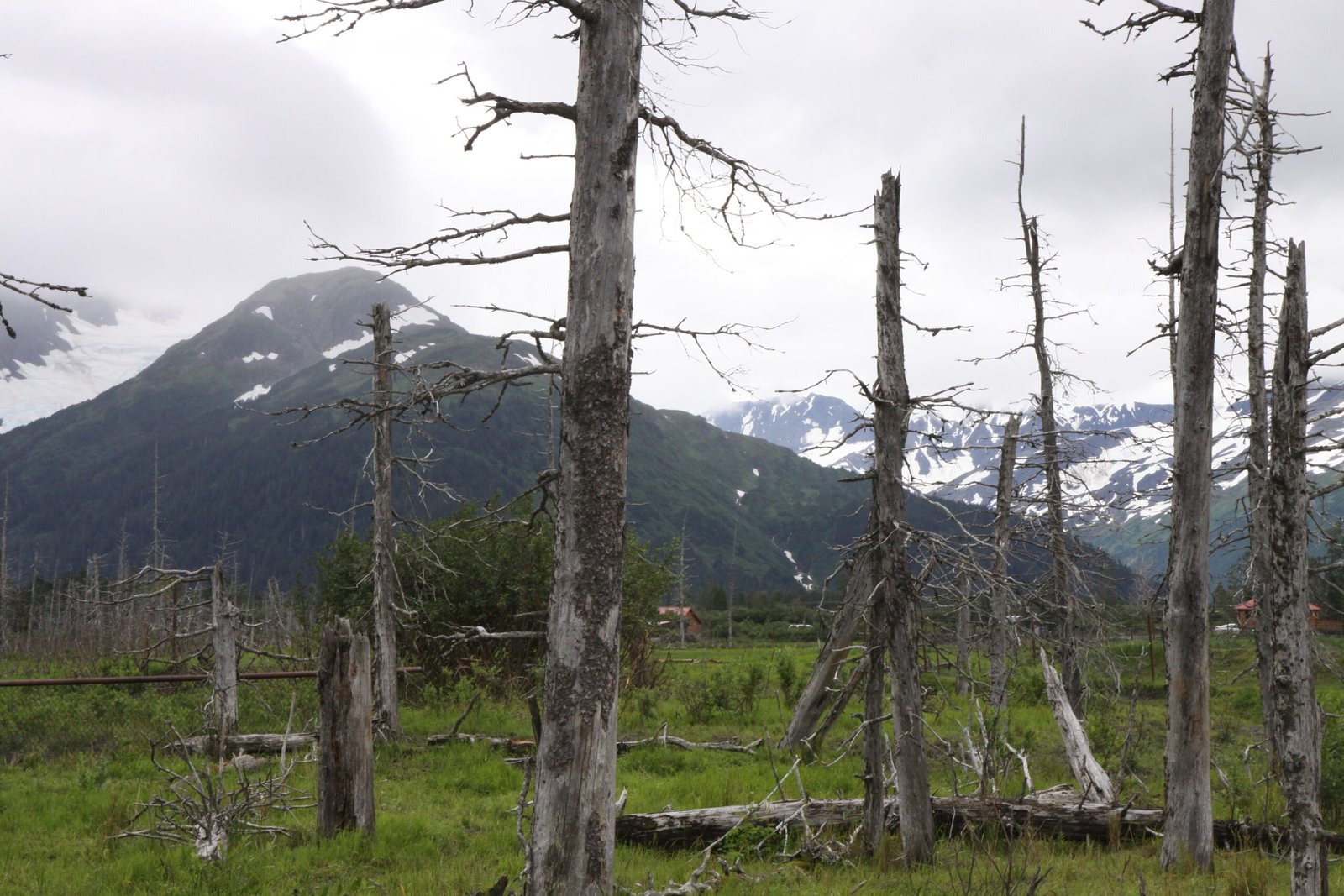
One of the most notable examples of ghost forests can be found in the coastal regions of North Carolina and Maryland. In these areas, vast stretches of dead trees stand as silent witnesses to the changing environment. The Blackwater National Wildlife Refuge in Maryland is a prime example, where rising waters have transformed once lush forests into ghostly landscapes. These real-world examples provide critical insights into the broader impacts of climate change and serve as case studies for scientists and policymakers alike.
The Emotional Impact on Communities
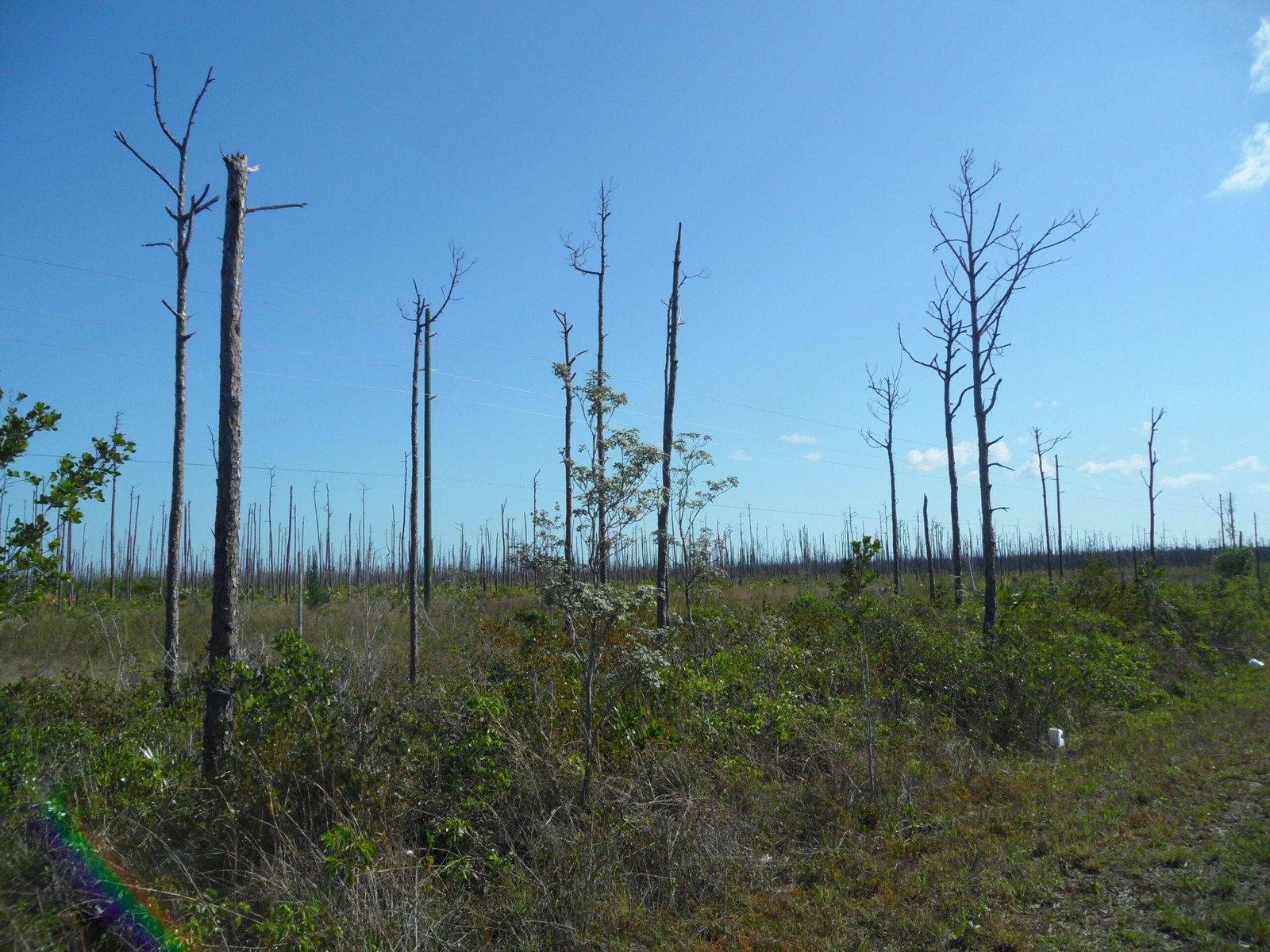
For local communities, the emergence of ghost forests is not just an environmental issue but an emotional one as well. Many people have deep connections to the land, and seeing their local landscapes transformed can be distressing. These forests have been part of cultural and historical narratives, and their loss can feel like losing a piece of identity. Communities are faced with the challenge of adapting to these changes while also grappling with the emotional toll of watching familiar landscapes disappear.
Efforts to Combat Ghost Forests
Efforts to combat the formation of ghost forests are underway, with a focus on both prevention and adaptation. Restoration projects aim to replant native vegetation that can withstand saltwater intrusion, while other initiatives focus on creating natural barriers to protect inland areas. Policies aimed at reducing carbon emissions and promoting sustainable land use are also critical. Collaboration between scientists, policymakers, and local communities is essential to develop effective strategies that address the root causes of climate change and protect vulnerable ecosystems.
What the Future Holds
The future of ghost forests is uncertain, but the trajectory depends largely on our actions today. If current trends continue, more forests along the East Coast will succumb to rising sea levels. However, there is hope in the form of increased awareness and action. By investing in sustainable practices and prioritizing the health of our ecosystems, we can slow down the progression of ghost forests. The choices we make today will determine the landscapes that future generations inherit, making it imperative to act with urgency and purpose.
A Call to Action
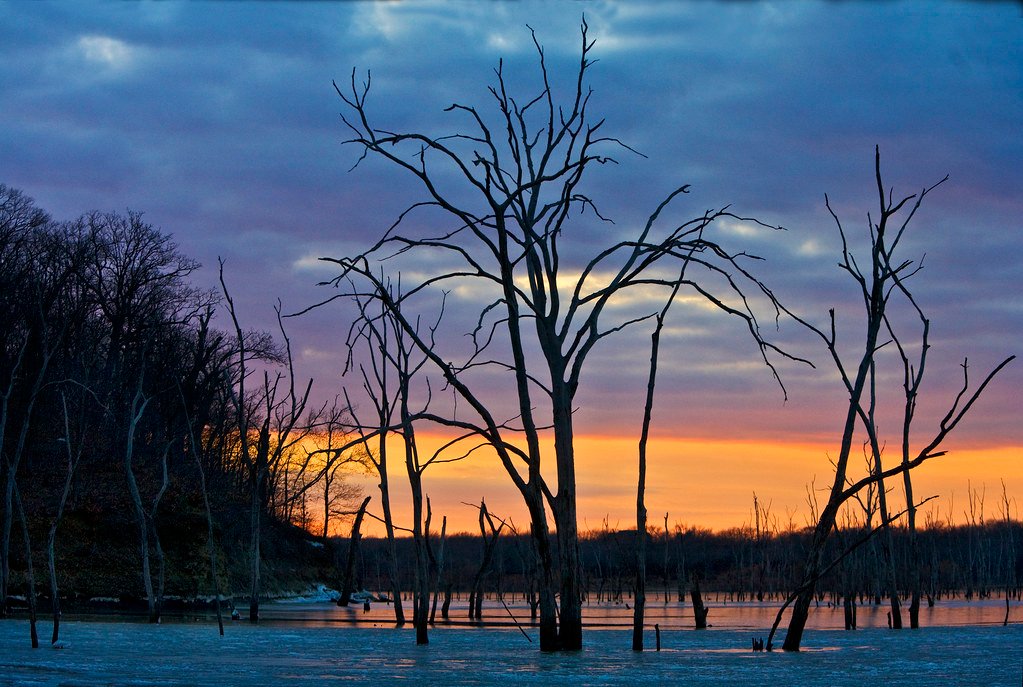
The haunting beauty of ghost forests serves as a powerful reminder of the impact of climate change on our planet. It is a call to action for individuals, communities, and nations to recognize the urgency of the situation and take meaningful steps toward sustainability. Whether through reducing carbon footprints, supporting conservation efforts, or advocating for policy changes, everyone has a role to play. The question remains: what will we choose to do in the face of this growing environmental challenge?


